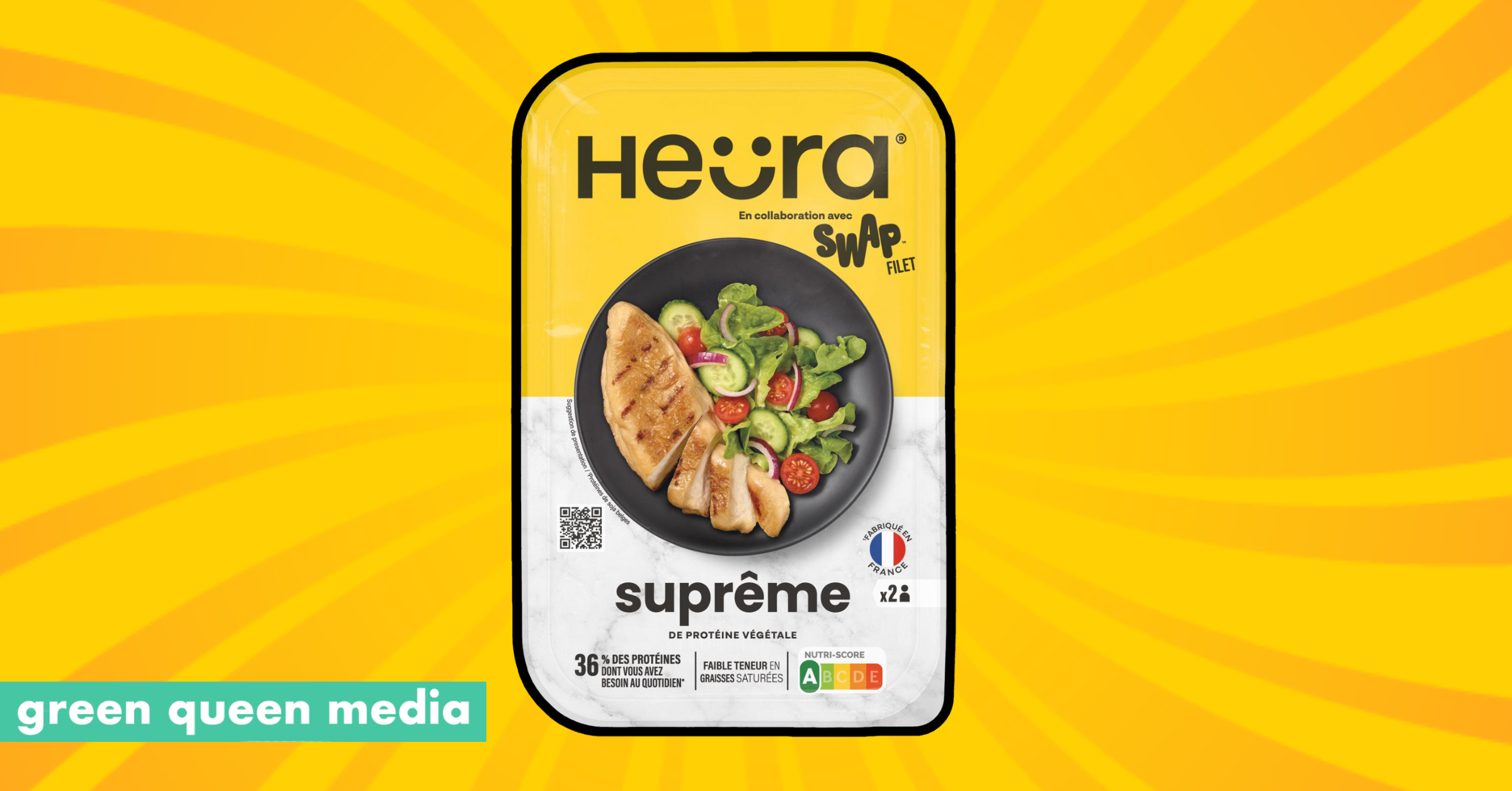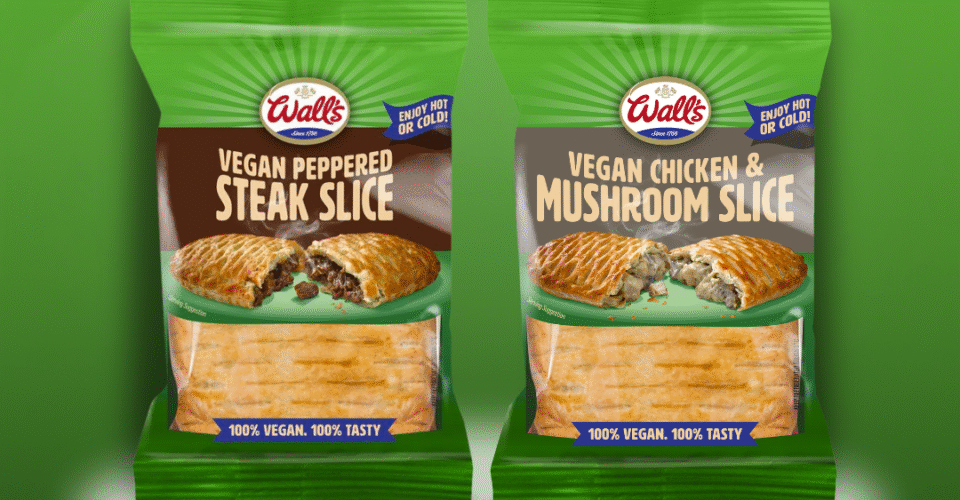Plant-based meat has seen better days. After an explosion of growth in its early years, now consumers are turning towards whole foods and back to traditional meat, in part due to scepticism that plant-based substitutes may be ‘ultra-processed.’
Nevertheless, the success of the industry within the last decade has been exponential, with a recent report revealing that patents in alternative proteins in Europe have increased by 960% in the past decade, of which plant-based remains the most prominent part. Could the sector return to previous growth levels?
Alongside price, key drivers of success or failure in plant-based remain taste and texture.
A new report by Nectar, an initiative by the non-profit Food Systems Innovations, explores which plant-based meats are popular with these consumers, and which are not, in terms of taste, texture and appearance.
How products were assessed
US consumers tried these products not in a lab but in a restaurant setting.
They tried plant-based products in a random order alongside animal-based benchmarks, then rated them on liking, flavour, texture, appearance and purchase intent on a seven-point scale.
Furthermore, they described what they liked and disliked about the products both through their own words and a checklist of attributes.
Of the plant-based products tested, 43 of them were European, with the remaining 79 from the US.
What were consumers’ preferences?
The average plant-based product was more often disliked than liked. On average, 35% of consumers disliked the plant-based products, and 30% liked them.
For European products specifically, animal products were liked around 2.3 times more than plant-based.
Even the most liked plant-based products performed significantly worse than animal products. For example, 46% of consumers liked plant-based bratwurst, whereas 76% liked animal-based bratwurst.
While price parity is often considered key with plant-based products, taste comes first. The research found that price was much less relevant when products were not liked in terms of taste than when they were.
Which brands and categories performed best?
The most popular categories were, perhaps unsurprisingly, burgers and un-breaded chicken fillets.
In this category, a wide range of plant-based brands were performing the same or better than the animal based equivalents.
For example, plant-based burgers from companies including Redefine Meat and Heura were considered the same as, or better than, animal meat by more than 50% of consumers. Plant-based chicken fillets from companies including Swap, The Vegetarian Butcher and Vivera were also considered the same or better.
Caroline Cotto, director of Nectar, posits that these two categories have had more R&D investment than the others, and so naturally have shown the most improvements in taste and texture.
Furthermore, to develop these categories with an accurate texture is, potentially, easier than in some other categories.
“Burgers and nuggets have a texture that’s a little bit easier to mimic the animal products than something like whole cut steak or bacon,” she says.
Other categories, including chicken nuggets, breakfast sausages, and turkey deli slices, had two products each considered the same or better by more than half of consumers.
Meatballs, breaded chicken fillets, hot dogs and ham deli slices, with Swiss brand Green Mountain, only had one.
European and US products on par
European products had a similar level of popularity with US consumers as US ones. the report found.
For European products, 29% of the 43 products were liked compared with 36% disliked. For US products, 30% of the 79 were liked compared with 35% disliked.
This means, essentially, European plant-based products were almost exactly as popular with the tested cohort of US consumers.
“We feel like IP is exportable based on this data,” says Cotto.
This had not been thought to be the case. In fact, many were sceptical that US consumers and European consumers had the same tastes.
It had been previously thought that “they were developed for European consumers and so they wouldn’t appeal to American consumers in the same way,” explains Cotto.
Areas for improvement
There is a long way to go before plant-based can achieve ‘taste parity’ with animal meat.
While plant-based was below the animal benchmark in all categories, it scored higher on average on appearance than on taste and texture, suggesting manufacturers could focus more on the latter.
Of these, flavour was considered slightly better, with the flavour of the average plant-based product liked by 30%, than texture, at 29%.
The report concluded that the key priorities for manufacturers should be increasing savouriness, increasing juiciness, improving interior colour, reducing off-taste and improving aftertaste.



